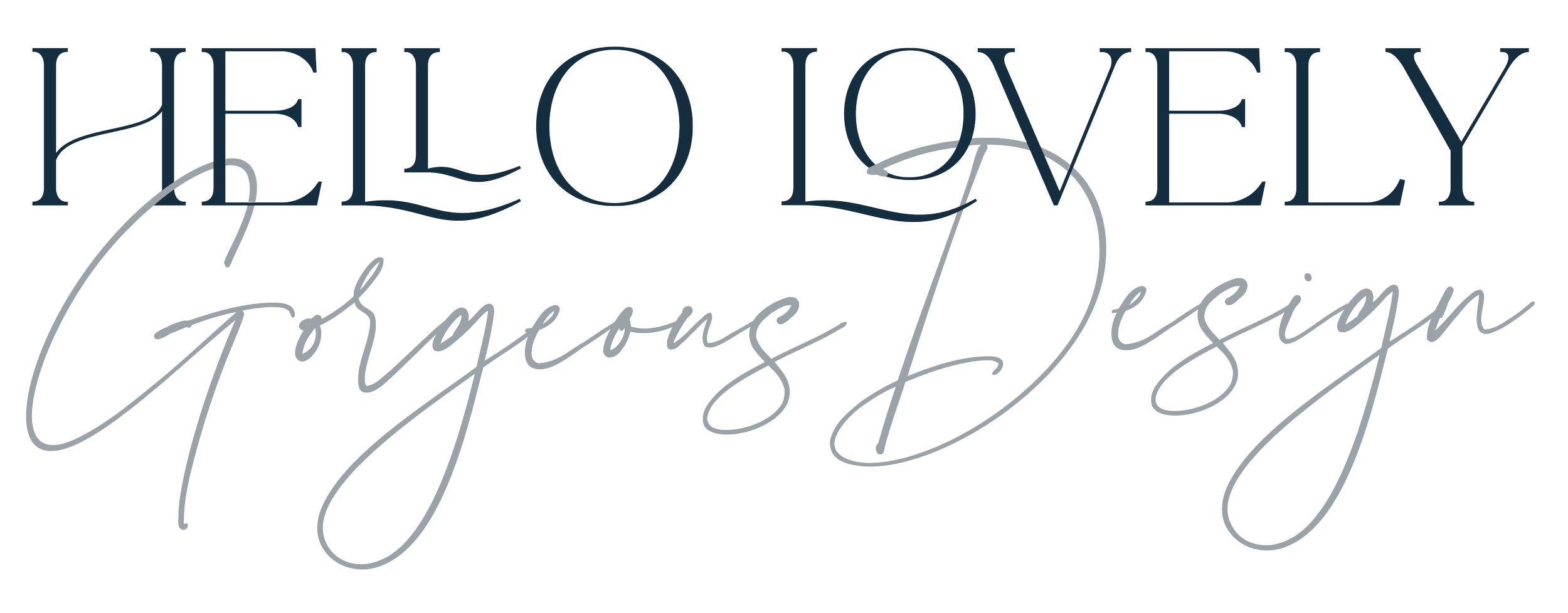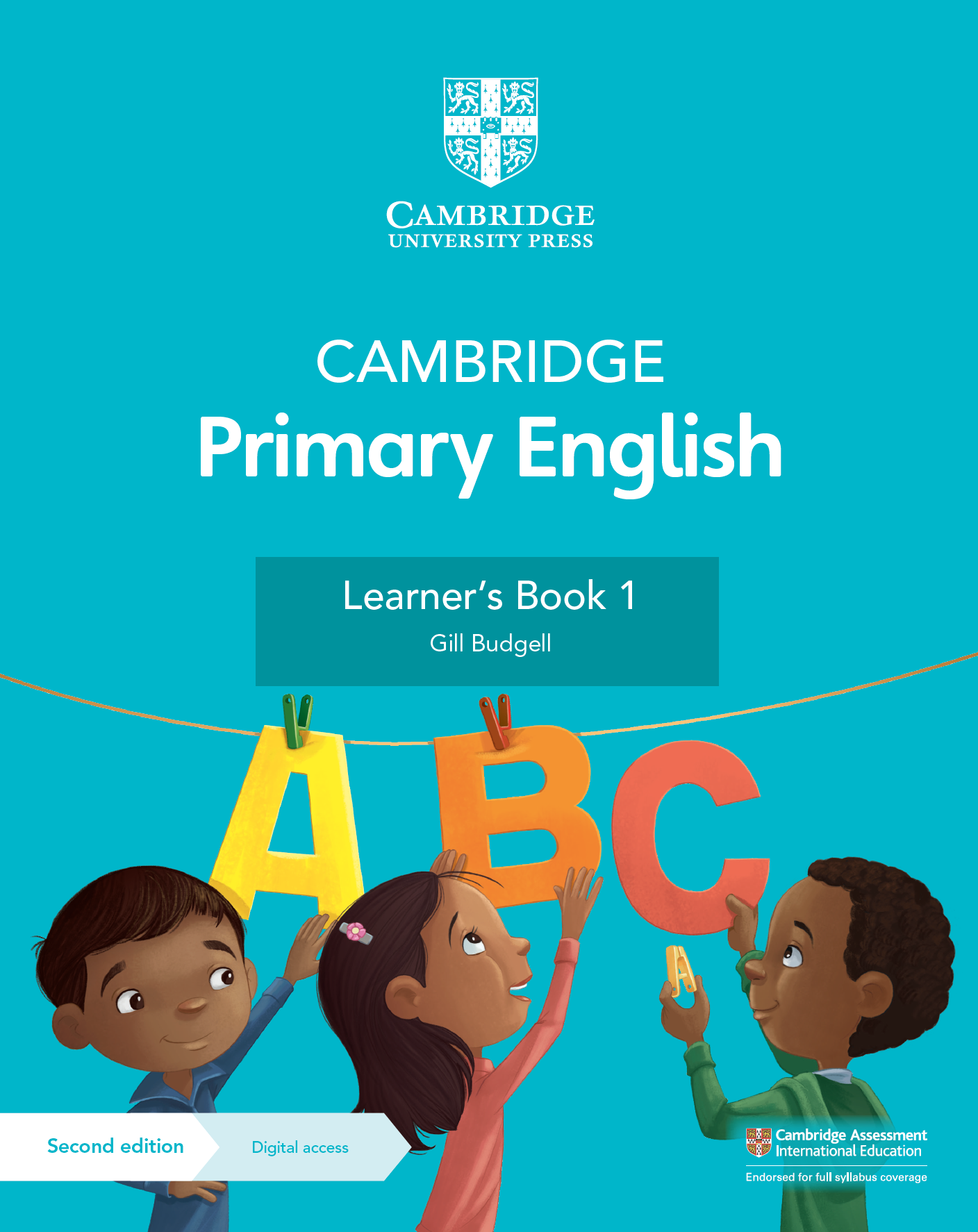Book cover design tackled
You’ve heard the phrase ‘judge a book by its cover’, I’m sure and it’s very true when it comes to publishing, in particular, self-publishing when authors have more control of spend and choices. What to put on the cover and how to brief it, who to commission and who does what can be exhausting and overwhelming. I’m going to assume you’re an interested author. This blog post aims to give an overview of the styles of book covers, who does what and best practice.
The team
The author or publisher - you are the incredible writer of lots of words who should, ideally, approach a designer when you have a viable publishing project, at least around the time of development edit. It’s the job of the author or commissioning editor or marketing team (in a publishing company) to brief the designer. Ideally, this team will know a little of their competition and have a synopsis or chapters ready for the designer to read.
The designer - the creative who can provide the front, back and spine design for your print book, or the front cover for your ebook. The designer should have experience in image sourcing, copyright, typography, and design . They don’t necessarily have to be a published author or experienced in book design specifically but they should have a good portfolio that shows good use of creative skills. If you’re not sure about how to judge design, then head to someone who does show book covers in their portfolio. Ideally, your designer will be capable of providing covers created in industry-appropriate software such as Adobe Indesign or Affinity as a PDFX1a file or PNG for your platform with space for the barcode, or the barcode applied. Designers may also illustrate, adapt stock illustrations or create typographical/hand-lettered covers (like me). You should always have a contract of work with your designer as you would with any supplier. Read it!
The illustrator - you may not need one for your cover, or your designer may also be an illustrator. A designer may also offer both skills, or experience in commissioning illustrators. or you may decide on photos, typographical design or stock illustration (by which I mean illustration that’s been created on a photo library site but can be bought and customised). But your illustrator may not be a designer as they are two different skills, it doesn’t mean your designer isn’t good, they have areas of expertise. Your illustrator may only provide the illustration so you may need a designer to place this artwork into the file to complete the full cover (front, back, and spine) and add the text to provide a technically appropriate file for press or ebook. I commission illustrators who are experienced in publishing illustration but they do not provide the final full cover, as the designer I do this.
The printer - the printer, be that KDP, Ingram Spark or an indie printer will have specifications on size and technical data. Your designer needs to know this detail and, if you’re printing your book, how it’s bound, and what the spine measurement is which can be obtained from online calculators based on the number of pages and the paperweight. Changes to either will alter the spine so the spine is best finalised at second or third proofs. Designers will need to know if you have any special finishes such as binding, varnishes or cover flaps as these can be useful in creating a unique finish.
How to find a designer
Word of mouth.
Finding book covers in your genre and looking up the cover designer.
Freelance networks (but be aware that book design is a specialism and someone who is great at digital design may not have the skills for print).
The Alliance of Independent Authors (who have partner-approved members like me).
And you can also ask me!
Words of warning!
You may be recommended Fiverr or 99Design. Fiverr is a site that matches people seeking skills in different areas with service providers. 99Design offers free pitches. People Per Hour and Upwork are similar. There is no guarantee that you’ll end up with a designer who is able to do what you request, will read your synopsis and you may need to brief in more detail. The great thing about working directly with a designer like me, is that you can contact me on Zoom and we can talk it over. Platforms that commission suppliers tend to only offer contact via their message system which isn’t always easy when you have an idea in your head that’s best explained verbally! There’s more on this post (click here) on the dangers of buying into low-cost design and the issues that brings to publishing and design quality.
Elements that affect the quote
There are several ways to add images to the cover (and by images, I mean any element including photos, illustrations and type).
Photos - these can be sourced for free from Pixels, Unsplash etc., but be aware that free sites have many users and the content is easily recognisable. You can’t control how it’s used elsewhere and if the photographer decides to remove their content and therefore remove copyright permission to use, you are legally are obliged to do the same which isn’t good news if your book is selling well. The alternative is a BAPLA recognised photo library, like Getty, Science Photo Library or Shutterstock. These libraries sell Royalty-Free (this doesn’t mean free to buy, but means you pay a licence fee to use on your cover but others can also buy it) or Rights-Managed (which means you buy the image and restrict its use by others). Royalty-Free is cheaper than Rights Managed but prices vary amongst image libraries for both and some are sold based on how you use the image (print, ebook, and marketing may have different prices). Image libraries do have copyright restrictions over what you can do with their images and all this is something I can advise you about if we work together as I’m trained in image research by The Publishing Training Centre. You can also supply your own image as long as it’s high resolution for print and it’s always best to have a selection in case one works better with text than another. I’m happy to select images if we’re working on the book pages together. I am writing a longer post on copyright, you can sign up to my newsletter here to read it first.
Illustrations. There are several ways to illustrate a cover. A stock illustration is taking an image from an image library site like Getty and adapting it using software like Adobe Illustrator. This is cheaper than asking an illustrator to provide a bespoke cover and gives a unique result. A stock, customised cover works well for a series style, for a title that’s a little abstract with no clear protagonist or a factual or reference book with no overarching topic. A bespoke illustration is best for any title that has a lead character or series that would be hard to find in a photo library. For example, a character doing a specific task or wearing an outfit.
I use specific, experienced publishing illustrators who know their stuff and only them. This allows me to manage the copyright so it’s transferred to you as the author, look at costs and get the best quality file and results. I also know their styles too. If you chose to use a bespoke illustration, your illustrator will provide a rough illustration, which is usually a pencil sketch or rough digital proof on which you can comment. I’ll guide you through this process. You may not see the full final colour illustration until the final proof and any alterations at this stage would be expensive as it’s then a final artwork. This is often the most expensive route to take and can cost upwards of £400 plus designer costs.Typographical. A cover can be type alone. Beautifully crafted typography can make a striking cover though much also depends on the title and how that sits on the page. Long words can create issues with tracking and balance so it’s an approach that needs careful consideration but can work really well and be a stylish, low-cost solution.
The quote
The brief can be guided by the author and support can be found with the designer. To get a quote, you may not need a full brief but you ought to know the genre, what you need (print and/or ebook), will it be a series of books and if you'd like a photo or illustration, or a typographical cover. It’s also the ideal time to mention if you’ll be supplying your own image or illustrations too (but bear in mind they need to be high resolution and copyright cleared , if it’s a photo of your living great aunt, has she given you permission? as replacements needed to be costed). What detail you include to quote will depend on the designer - I’m happy with the above so do check.
Your list of cover designers and their websites should be sufficient quality to give you an idea of their skills. If it’s not, then ask for more details but do avoid asking for free mock-ups or pitches. Asking for free work or a pitch, is going into a cafe, ordering five cakes and only paying for the one you like, it’s unethical.
The brief
The quote should form the basis of the brief or maybe the same document. If you’re struggling to put a brief together then this form (click here) I’ve created which most of my clients use to kick start their cover process may help you too.
Balsham, a village story is an image of a 16th-century map and the back cover features photos of people from the village history, selected and designed by Berenice, the book also featured cover flaps to protect the book pages which were used for extra text details; Black Flag is a bespoke illustration commissioned and managed by Berenice, The Fifth of August is a customised stock illustration with typographic detail created by Berenice. The three Selected Tales from Chaucer are bespoke and created by Berenice as a series (note the fonts and title text design). All the covers including back covers and spines were designed by Berenice.
How to work with a book cover designer
My quotes will include the following details, and it’s important to let me know if you change your mind as this can affect the timing and budget.
Estimated prices for a photographic, stock illustration, bespoke illustration and typographical cover unless you’ve said otherwise. Changes to this brief will alter the cost.
Number of concepts (the rough covers) and the number of proofs (the number of stages you can comment).
Costs for extra proof stages or changes to design formats so there’s no hidden surprises.
Some tips
Give space. If you’re commissioning an expert in design, then allow them freedom. I remain within the brief with a few pushes to test it a little further. Try not to micro-manage, it’s tricky I know, but if you’ve employed a creative because you’re not a designer, allow the breathing room to do the job asked.
Be clear on the way of working. If you’re not sure of the stages, then it’s okay to ask. Hopefully, my proposal and quote document will give you a clear picture of me, my values and how I work but no question is too silly, I promise!
I see a lot of posts on Facebook groups with cover reveals and asking for comments. Next thing you know, there’s 100 conflicting comments and you’re thinking I liked this cover, now I don’t know. This post (click here) on how to get good feedback may help you. Also keep in mind that these people maybe rival authors!
Give feedback on time and be constructive, but honest. If you hate everything check your brief, was it what you meant? Is the designer lacking the skills you asked or was your budget okay for what you wanted? Was the synopsis or chapter clear? Pick out the parts you love (did that font sing out or was that colour gorgeous?), and the ones you didn’t (was the image inappropriate?) and talk to them. Try to avoid bad-mouthing on social media as it’s potentially libellous. Have a biscuit and a cuppa, then arrange a call with the designer and talk it over.
What can go wrong?
It’s very rare for a book cover to be completely wrong, but these are some common areas to look out for.
I found a designer on Fiverr but they’ve moved on, I don’t have the files anymore. There’s no easy way to answer this, the best you can do is to recreate with another designer and build a rapport so you can work together again. ‘Race to the bottom on price’ sites are notorious for having people come and go.
My aunt created an illustration and I want to use that. Yes, that’s okay if it’s technically okay too and it fits on the cover design. If an image is low-resolution (that means it looks blurred and it will do in print) then there isn’t anything a designer can do about it. It would need to be scanned again, saved at the very best quality or an alternative sought unless you’re prepared to have a quality control issue. Sorry!
The colours look weird. Colours vary. Monitors and printers see colours differently. In other words, they use different colour models to produce the same hues. Monitors combine red, green, and blue (RGB) to display the colours you see, while most printers combine cyan, magenta, yellow, and black (CMYK) to reproduce colours. Even your home printer will vary and an iPad will render colours differently to a PC monitor. There’s very little a designer can do to help, but we do check colours carefully against charts and I can source calibrated printed proofs at an extra cost if necessary.
I’ve designed my cover on Canva, can I use it? Be aware that Canva stock is overused (this post on Canva - click here - may be useful) and the fonts aren’t always available. Also keep in mind that, as great as this app can be, it’s not able to teach design and a designer may have good reason to say it won’t work (and evidence to support this).
I want to change the size. This major change will affect the inside pages and the cover design. If the image has been chosen or the illustrator is already working on the artwork, there will be charges. Make sure you’re completely happy with the size before anyone starts to design anything.
Summary
Know your novel and your themes.
Don’t leave it too late, tackling the cover at third proofs on the pages means you’ve missed out on pre-publication promotion and covers can take time to create.
Covers are investments and there is flexibility in the media used.
Going direct to a designer means you can have a conversation, know your copyright is cleared and it’s bespoke.
Avoid asking designers to work for royalties and free or low cost, design is a talent like writing.
If the designer delivers an amazing cover, let them know and support them. Share the work, promote them, and recommend their skills to others.





